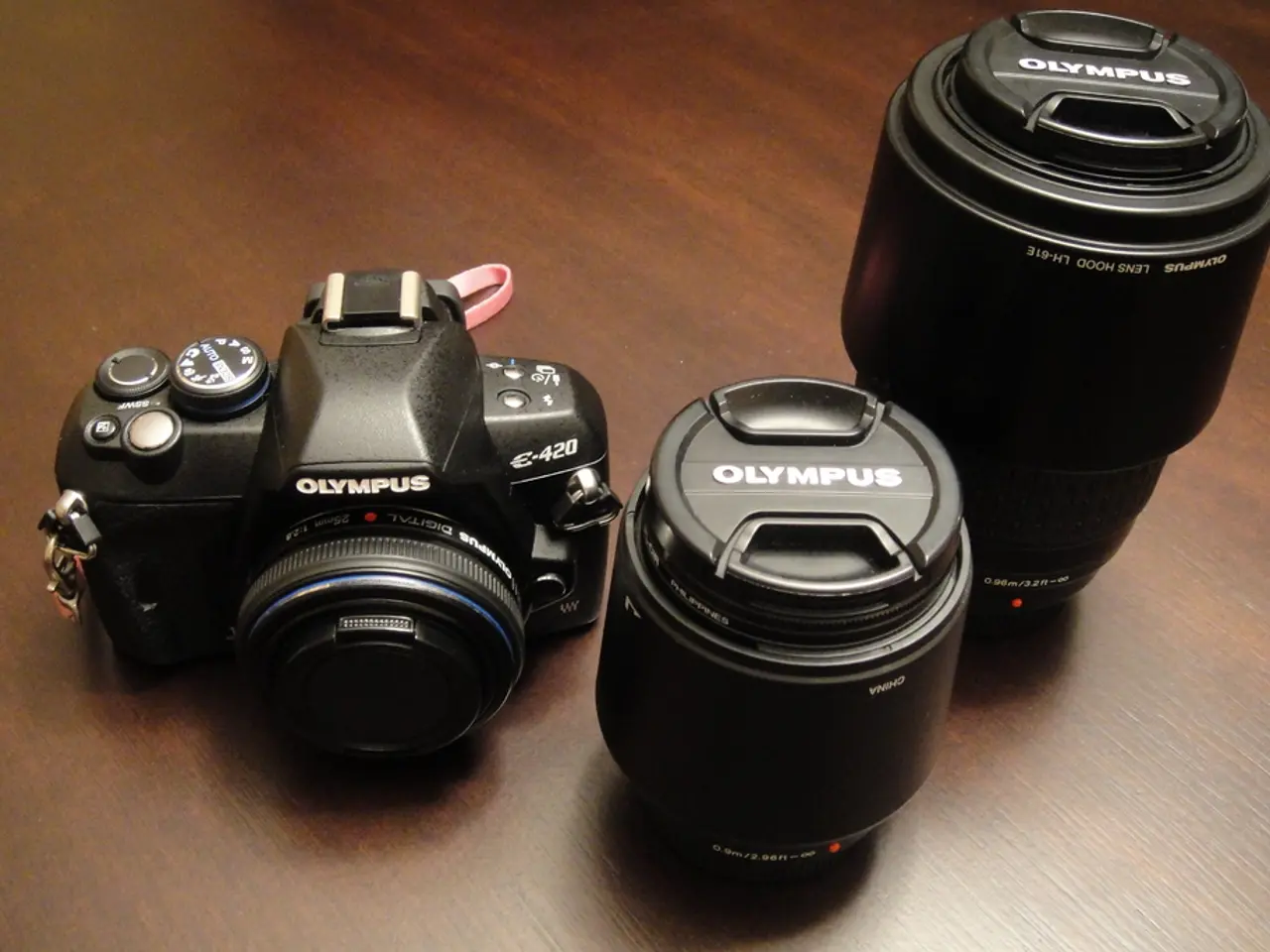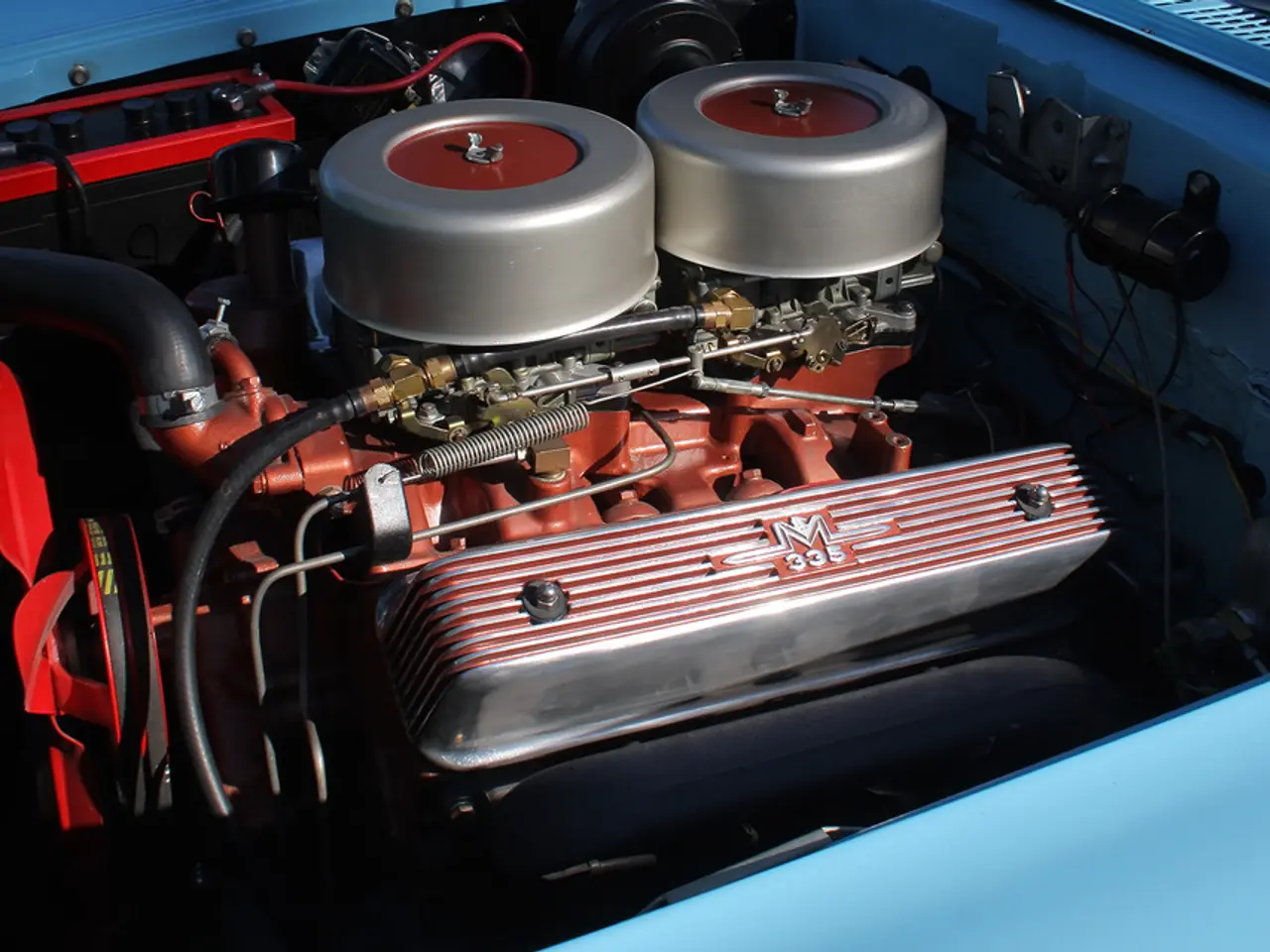Is a f/1.2 lens excessive when additional light isn't essential? Investigating the necessity of an extra stop of light in photography.
Article: The Debate Between f/1.2 and f/4 Lenses: A Photographer's Guide
In the world of photography, the choice between an f/1.2 lens and an f/4 lens can be a contentious one. Both have their unique advantages, but the decision often boils down to the specific needs of the photographer.
An f/1.2 lens offers a significant advantage with its wide aperture, allowing for a tremendous amount of light to enter the camera and creating a very shallow depth of field. This combination is perfect for isolating subjects and achieving the coveted background blur, often referred to as bokeh. However, this luxury comes with a price - f/1.2 lenses are typically large, heavy, and expensive due to the precision required in their optics.
On the other hand, f/4 lenses are often compact and lightweight, making them a practical choice for many photographers. They may not offer the same level of bokeh or low-light performance as their f/1.2 counterparts, but they are often sharper, more affordable, and easier to handle.
For most photographers, the performance boost from an f/1.2 lens may not justify the high price, unless they regularly shoot in challenging light or require extreme subject isolation. Landscape photographers, architecture, and travel shooters often prefer higher f-stops for maximum depth of field and may find an f/1.2 lens impractical due to its limited sharpness and portability.
However, in certain situations, an f/1.2 lens can be a valuable asset. If low-light photography is a regular part of your workflow, an f/1.2 lens may be a smart investment. It performs beautifully in low light, allowing for lower ISOs and faster shutter speeds, resulting in cleaner images with less noise and less motion blur. Professional wedding and event photographers, creative portrait photographers, videographers, and hybrid shooters often benefit from the low-light performance and shallow depth of field offered by f/1.2 lenses due to their fast-paced and poorly lit environments.
When shopping for fast glass, it's worth checking platforms like MPB before paying full price. MPB is a trusted platform that sells quality used lenses, grades their gear, offers warranties, and has excellent customer service. Buying used lenses from them can save hundreds without sacrificing performance.
In conclusion, the choice between an f/1.2 and an f/4 lens depends on the photographer's specific needs. While an f/1.2 lens offers a very wide aperture and a shallow depth of field, it is often large, heavy, and expensive. On the other hand, an f/4 lens is more practical for everyday shooting, travel, and spontaneous photography given its compact size, lighter weight, and easier handling. Unless your work demands extreme low-light performance or artistic bokeh, an f/1.2 lens is more of a luxury than a necessity. Many skilled photographers achieve excellent results with f/2, f/2.8, or even f/4 lenses depending on their style and conditions.
Technology plays a significant role in the world of photography, with gadgets like lenses offering various advantages. For instance, an f/1.2 lens, a piece of high-tech equipment, boasts a wide aperture that allows for a tremendous amount of light to enter the camera and creates a shallow depth of field, perfect for low-light photography and achieving a coveted background blur. Conversely, an f/4 lens, a more affordable and portable alternative, may not offer the same level of bokeh or low-light performance, but it is often sharper and easier to handle, making it a practical choice for many photographers.



